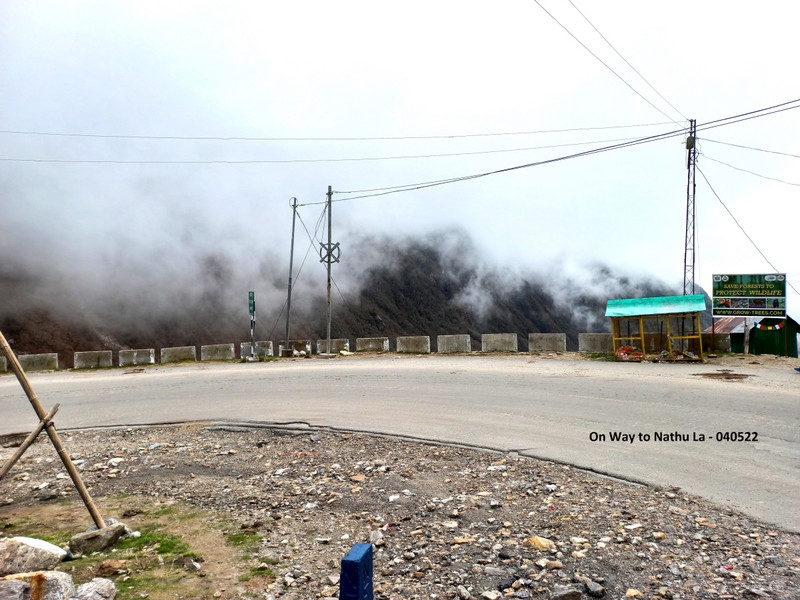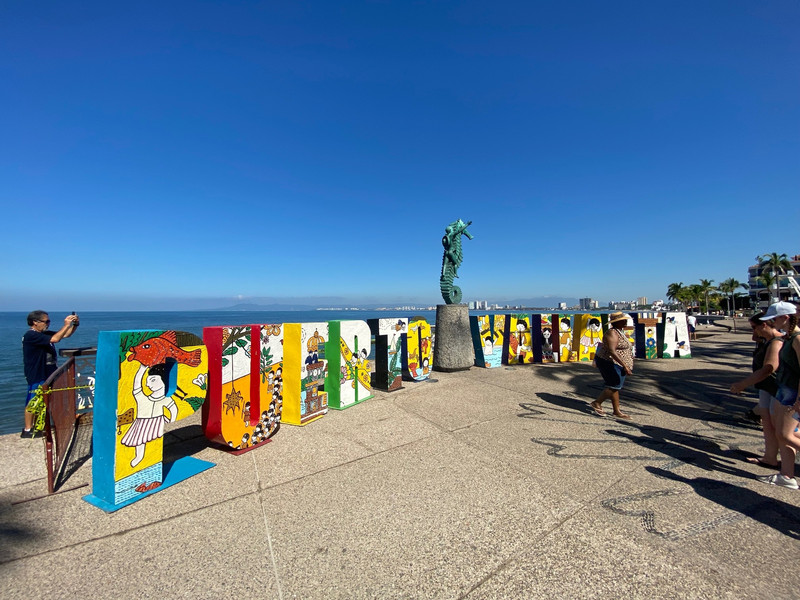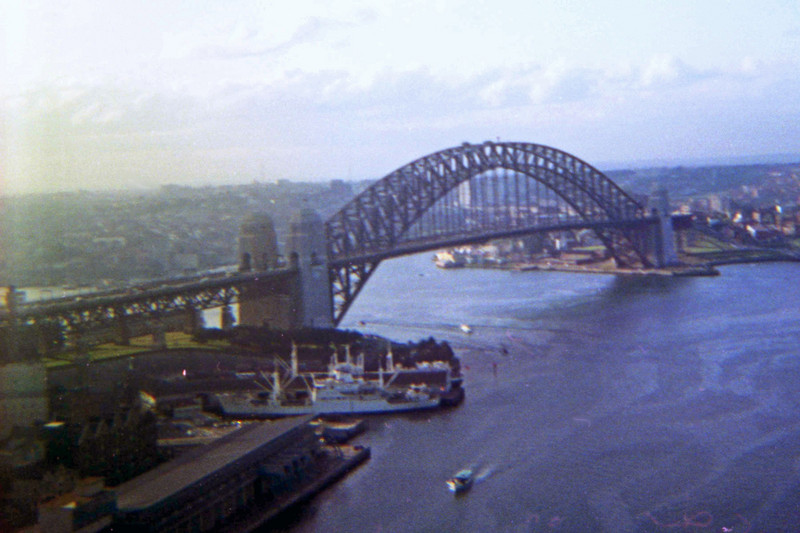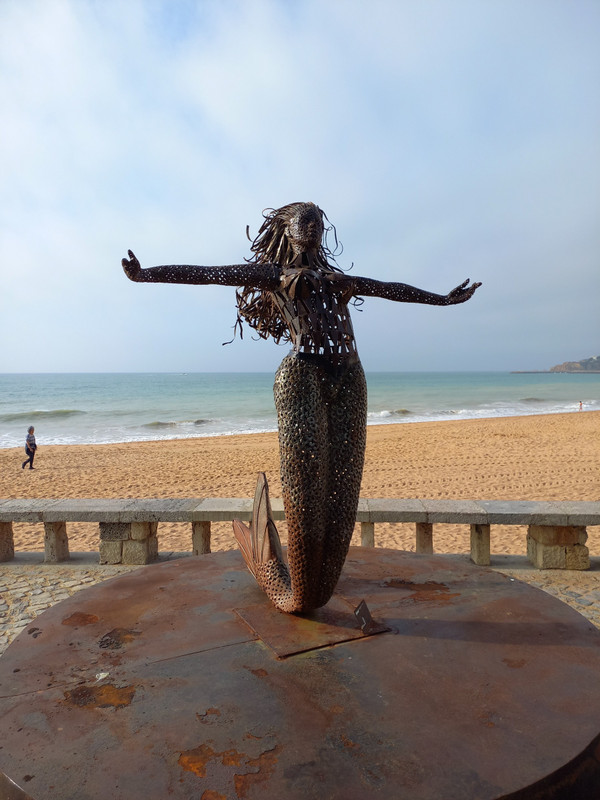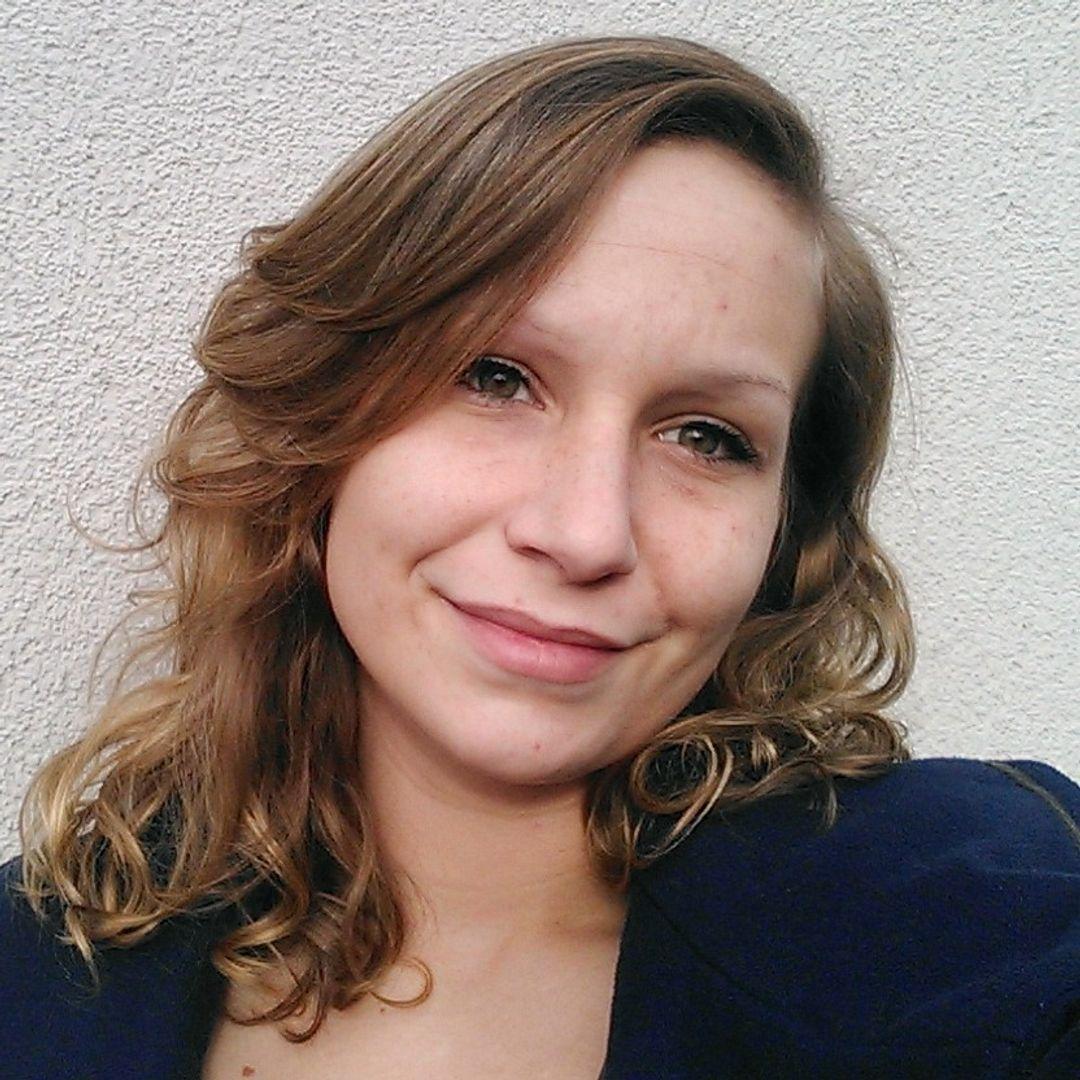When I started writing this blog, I started of tour v/s organized tour as Ladakh is still fresh in mind. Then I decided to keep that chapter at the end.
It is interesting to know that Sikkim was an independent State / Nation protected by India till 1975. After internal political turmoil, a referendum was held and by overwhelming majority, people of Sikkim decided to a part of India. Sikkim became 22nd state of India in 1975. Local population of Sikkim is mainly Buddhist (Bhutia and Lepcha) and some Nepali. Sikkim has population of just over 7 lacs.
We booked through a – ‘Ajay Modi of Ahmedabad. It is shown as a tour, whereas in reality it is and is travel to Gangtok and is travel from Gangtok.
Bagdogra to Gangtok is ~130 km, but in Sikkim (and for that matter in any hilly region) it is more relevant to mention the distance
As per the tour condition, we had a shared taxi (Innova / Xylo) for six travelers. We were told that smaller vehicle are not allowed in Sikkim (which we found not to be true – pl refer to the last chapter). As we were only two of us, full taxi would have been costly (this we had experienced in Ladakh).
We all assembled at the airport and started for Gangtok. Sharing a taxi with unknown people is always risky and difficult proposition, but the good part was that all of us were from Gujarat. Of the remaining four, one couple were a few years younger to us (gentleman was anesthetist), and remaining two were much senior to us (70- and gentlemen). It takes a while to develop understanding in managing luggage (in a single vehicle), rotating the sitting arrangement and to maintain time schedule (the worst part!).
Beyond Siliguri (it took 1 h to cross 15 km distance), Sikkim starts with its beautiful lush green mountains. Your tour starts there itself. This was in pleasant contrast to our previous tour to Ladakh,
where we had seen a totally contrasting face of the Himalayas – Ladakh was barren – a Himalayan desert.
We reached Gangtok after 8 pm. Location of the Hotel – Royal Orchid and Spa –was not impressive, but the room and facilities were good. (Peak season rate Rs
Throughout the tour, Gujju breakfast and dinner were arranged by the operator. This is a major plus point – but somewhat monotonous also. Tour operator maintains a local manager at Gangtok, Pelling and Darjeeling to look after the food and transport arrangements.
Tour operators brochure state this clearly, but you realize its significance only after you get there. Only Chhangu (Tsongmo – in local language) Lake and Baba Harbhajan temple were mentioned for sightseeing on
Nathu La (La = mountain pass) is situated at 14,140 ft. The route was once used for trade between India and Tibet. Now it is border. At this height, naturally it was very cold, very windy, ;ow oxygen and there was light snowfall. After climbing about 150 steps, you can see a couple of buildings on the Chinese (Tibetian) side.
There is nothing funny or to be proud of in looking at the enemy territory and buildings, but yes, just being there at 14,000+ feet height for people from burning hot plains of Gujarat, and shivering in cold in the month of May, was definitely an experience worth taking. At the beginning of the steps, there is a restaurant that provides hot tea / coffee and snacks at half the rate of any Gujarati tourist place.
We didnt climb all 150 odd steps due to cold winds, poor visibility (due to heavy fog), high altitude (people do develop breathlessness) – and of course, the extreme ‘bhid – crowd. Nathu La closes for tourists at 1 pm and also remains closed on
Nobody had warned about low oxygen related problems. One, it is not a part of official itinerary and taxi drivers are interested in making fast buck. It is not advisable to go to 14,000+ ft for elderly and small children. We could see many suffering from AMS (Acute Mountain Sickness) without knowing what is happening to them. This is criminal negligence on part of tour operator/s.
